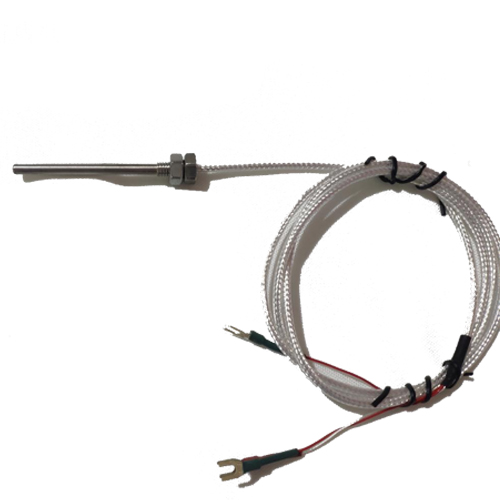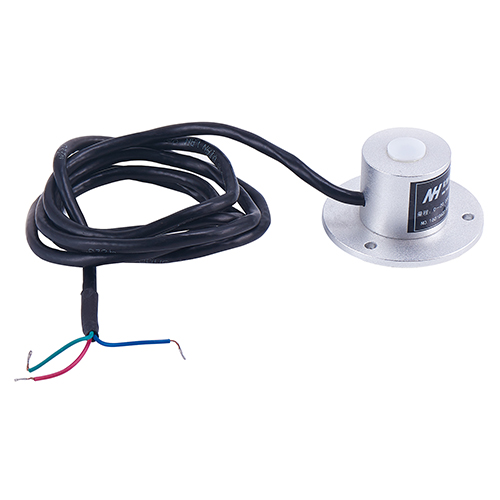In today's information age, sensors have already penetrated into a wide range of fields such as industrial production, space development, ocean exploration, environmental protection, resource investigation, medical diagnosis, biotechnology, and even cultural relic protection.Sensors have been used worldwide. Especially in India, the United States, Indonesia, Russia, and Brazil, the application is very extensive. Today, let's take a brief look at sensors.
Some commonly used sensors and their principles and application explanations are as follows:
(1) Temperature sensor
This device collects information about temperature from the source and converts it into a form that other devices or people can understand. The best example of a temperature sensor is a glass mercury thermometer, which expands and contracts with changes in temperature. External temperature is the source of temperature measurement, and observers observe the location of mercury to measure temperature. There are two basic types of temperature sensors:
·Contact type sensor - This type of sensor requires direct physical contact with the sensed object or medium. For example, a thermometer.
·Non contact sensor - This type of sensor does not require any physical contact with the detected object or medium. They monitor non reflective solids and liquids, but due to their natural transparency, they are useless for gases. These sensors use Planck's law to measure temperature. This law deals with the heat radiated from a heat source to measure temperature.
(2) Infrared sensor
This device emits or detects infrared radiation to perceive specific phases in the environment. Generally speaking, thermal radiation is emitted by all objects in the infrared spectrum, and infrared sensors detect this type of radiation that is invisible to the human eye.

(3) UV sensor
These sensors measure the intensity or power of incident ultraviolet radiation. The wavelength of this electromagnetic radiation is longer than X-ray, but still shorter than visible light. An active material called polycrystalline diamond is being used for reliable ultraviolet sensing, and ultraviolet sensors can detect environmental exposure to ultraviolet radiation.
Shanghai Peaks Measure&Control Ltd. sells the above and more sensors, such as humidity Sensor, CO₂ Concentration Sensor.please feel free to email us for consultation.